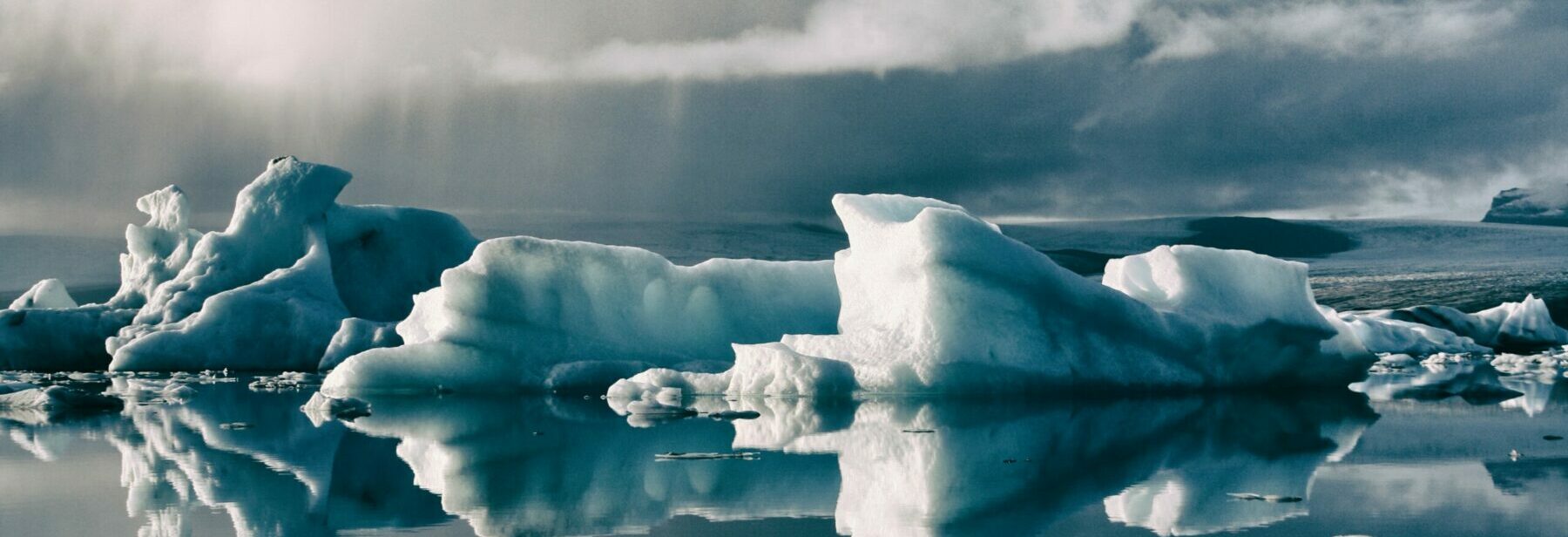As contemporary climate change literature continues to develop, Sapna Sharma, an associate professor of biology at York University, glimpses 700 years into the past to better predict the future.
On March 20, as a part of Climate Change Research Month, the 58th CENTRAL Canadian Symposium on Water Quality Research and the One WATER World Water Day Conference, York University will host a screening of Omiwatari – a documentary on Sharma’s study of ice coverage of Japanese lakes throughout history to reveal pre- and post-industrial climate trends.

Historically, when Lake Suwa – the largest lake in Nagano, Japan – froze over in the winter, a rare phenomenon called omiwatari, or God’s crossing, took place. Sharp changes in temperature throughout balmy days and frigid nights caused the lake’s frozen surface to expand and contract, carving out cracks of ice that spanned the entire lake. Local legend stated that the cracks formed when unseeable gods, living on opposite ends of Lake Suwa, ran to meet each other on the ice each winter – an auspicious event that brought good fortune to Nagano. Centuries ago, omiwatari was observed in regular intervals, today it is an increasingly rare occurrence.
Sharma’s research focuses on the impacts of climate change on freshwater lakes, she has been documenting the ice coverage of Lake Suwa with the help of Kiyoshi Miyasaka, chief priest of the Tenaga Jinga shrine since 2012.
Miyasaka’s shrine has kept continuous records of Nagano’s lakes since 1443, with some observations recorded millenia earlier. Maintained by 15 generations of Shinto priests, the shrine’s lake records are amongst the longest record of meteorological observations anywhere on Earth. These ice records began well before the Industrial Revolution and have helped Sharma and her team understand how the climate is changing, even since before the advent of weather stations.
Filmmaker and multimedia artist Zeesy Powers was attending a Royal Canadian Institute for Science lecture when she first heard about Sharma’s research on omiwatari. Three years later, Sharma agreed to take part in a documentary on her work. Sharma provided the initial funding to get to Nagano. One year later, Powers was able to secure funding from the Canada Council for the Arts to complete it.
Powers travelled to Nagano at the end of Winter 2020 to capture Lake Suwa in a year without omiwatari – in fact, the lake remained absent of ice coverage entirely.
“We hope by sharing this story and our scientific understanding from this almost 700-year long ice record, we are able to convey how fast climate is changing and the urgency in which action is required to collectively begin reducing our greenhouse gas emissions,” Sharma said.
Powers remarked that in making the film, she had unwittingly travelled across the world mere days before the first widespread lockdowns of the COVID-19 pandemic to document a less apparent, but potentially more destructive, global catastrophe.
“I was only in Japan for a month, and there was a slowly dawning sense that things were really going sideways,” Powers said. “We were so focused on this story that the pandemic was just an ominous background. It’s hard to feel like the present is of any significance when you’re holding [centuries-old artifacts] in your hands while talking about the permanent end to winter…
“The climate catastrophe is overwhelming and it’s easy to feel powerless in the face of it,” she added. “Presenting this tragedy highlights the immediacy of these losses, but also the hope that we are capable of adapting.”
The Omiwatari screening begins at 4 p.m. in the Second Student Centre and is followed by a Q-and-A with Sharma and Powers. All York community members are welcome, registration is not required. To learn more about Omiwatari, click here.


